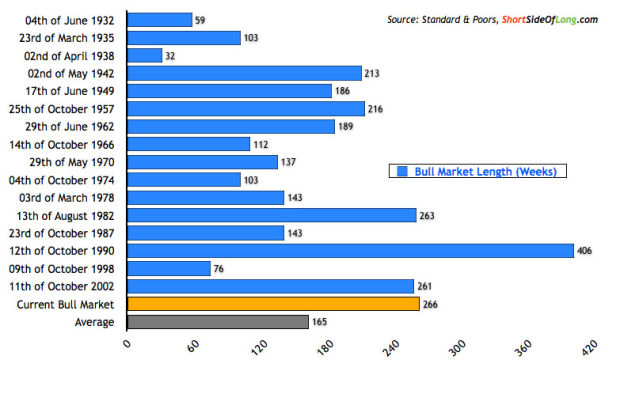Eye on the Market: Performance 102
Last week, I answered your question on the importance of comparing securities performance to the general market-the S&P 500. Many investors ask “if it is better to have their money actively managed by a professional or to passively invest in a market index at a lower cost”? Today, we will examine the returns of some actively managed mutual funds and see how “the professionals” fared compared to the S&P 500 in the last year.
I designed a performance chart, testing some of the top US equity mutual funds (A Shares) by size in terms of net assets. For a fair comparison, I went to the Wall Street Journal and identified the top actively managed equity mutual funds by asset size. To alleviate potential bias from my broker friends, I selected the top five alphabetically and compared their returns.
In addition, I added the popular exchange-traded fund (symbol RSP) that tracks the “Equal Weight” performance of the S&P 500. My goal was to see IF actively managed mutual funds outperformed RSP, with a low expense ratio (.40%), zero front end sales load-commission and zero 2b-1 fees.
Per the front end sales load, the top five (A Shares) have a very hefty commission — $575 per $10,000. Some online brokers only charge from $7 to $10 to purchase shares of RSP and many other S&P 500 ETFs. Keep in mind, commissions are not illegal. It is your decision if you need or want to pay them. Upon request, brokers can sell institutional shares and bypass the commissions. These figures are from Yahoo Finance and are for educational purposes only. The total expenses can vary.
Since all five (A Share) equity mutual funds have a high front-end commission, I want to see if and by how much they outperformed the S&P 500 and RSP. I would hope with the high expenses/fees they would, at least, outperform the equal weight S&P 500 ETF by that amount to justify their additional expense.
Here are the top five-Actively Managed Mutual funds alphabetically, by name and symbol:
AWSHX American Funds-Washington Mutual A
AGTHX American Funds-Growth Fund of America A
AMECX American Funds-Income Fund of America A
AIVSX American Funds-Investment Company of America A
CAIBX American Funds-Capital Income Builder A

As you can see, three of the actively managed mutual funds (AIVSX-AGTHX-AWSHX) outperformed the S&P 500 (SPX-shaded green area). Two funds (AMECX-CAIBX) underperformed the market return of 16.36 percent. Only one actively managed fund (AIVSX) outperformed the equal weight ETF (symbol RSP). All of the other mutual funds underperformed this low fee S&P 500 exchange traded fund. Finally, past performance does not predict future results.
Last August, I ran a column that featured research from stock market researcher Joanna Pratt, concluding, “Only 24% of Active Mutual Funds managers beat the market over the past ten years.” In no way does this mean that actively managed mutual funds always underperform the market. With our performance comparison analysis, one can see this trend may be changing with three of these five mutual funds currently outperforming the market.
I work to eliminate personal bias when composing my columns. Today, I break my silence. Since so many investors hold these very popular mutual funds, I am pleased to see the tide may be turning performance-wise with these front end load (class A) share mutual funds. It would be great to see all five outperform the S&P 500 and RSP the next time I give this report.
Next week, I will compare the performance of some of the most popular exchange-traded funds tracking the S&P 500 to see if there is a difference. The results may surprise you. Plan your work, work your plan and learn to share your harvest!
Source-Stockcharts.com, davidoengland.com
http://www.nerdwallet.com/blog/investing/2013/active-mutual-fund-managers-beat-market-index/
Full Disclosure-I do not hold any securities listed in this column.
I have taught many my performance charting template, and you can learn as well. If interested in learning my performance templates for your securities, sign up for my next workshop Tuesday, May 20, at John A. Logan College. Take the time to learn how your securities perform compared to just investing in the market-low fee S&P 500 index funds.
This information is to be used for educational purposes only. If you would like to see my performance comparison using your security, simply send the symbol and I may work them into a future column.
Plan your work, work your plan and share your harvest!
Source: investopedia.com, stockcharts.com, davidoengland.com
Disclosure: I do not hold any securities mentioned in this column.





